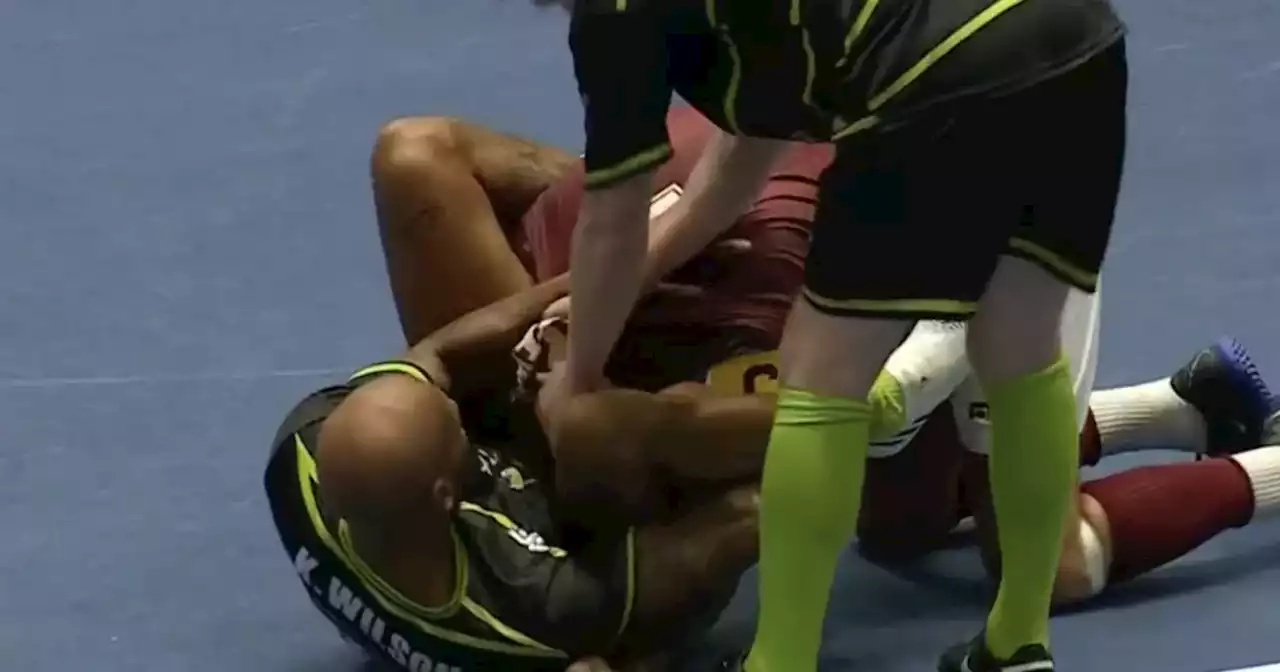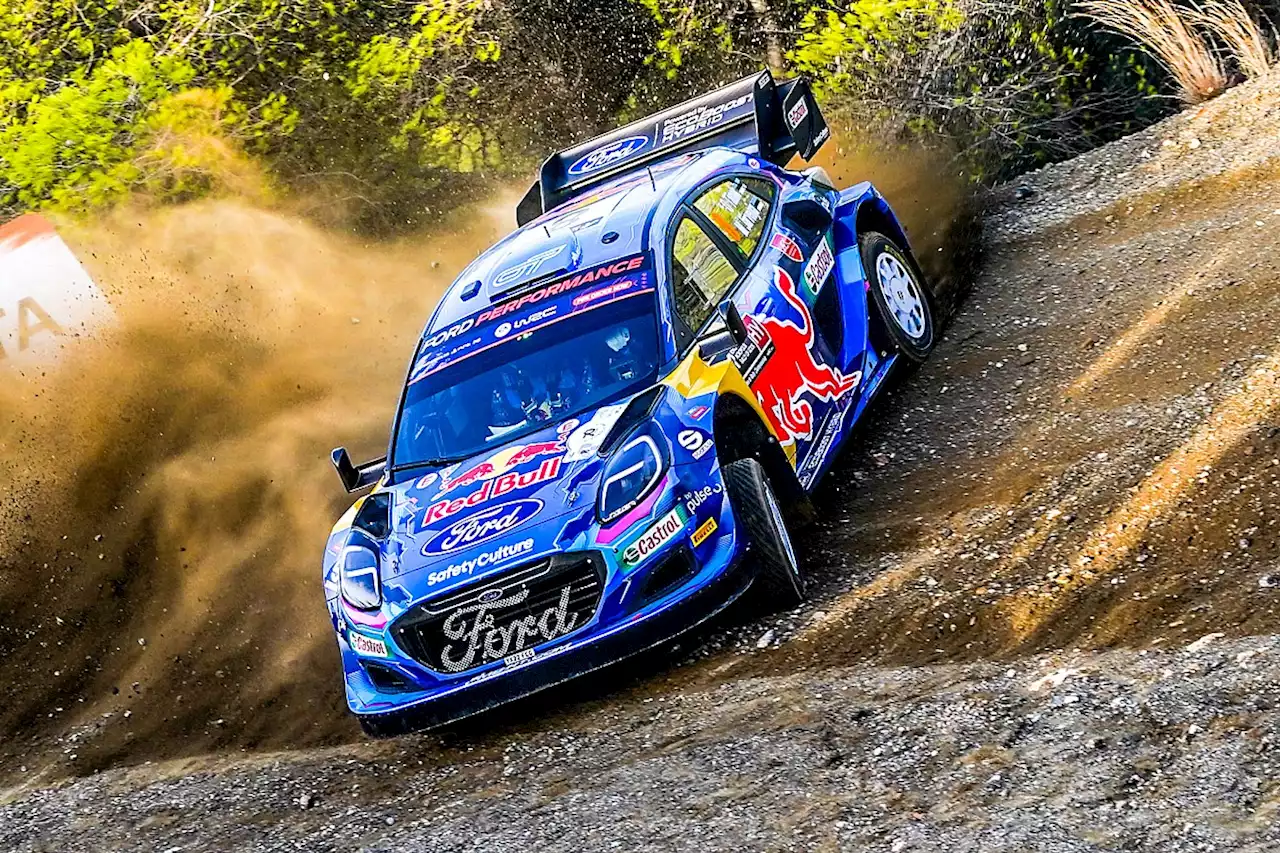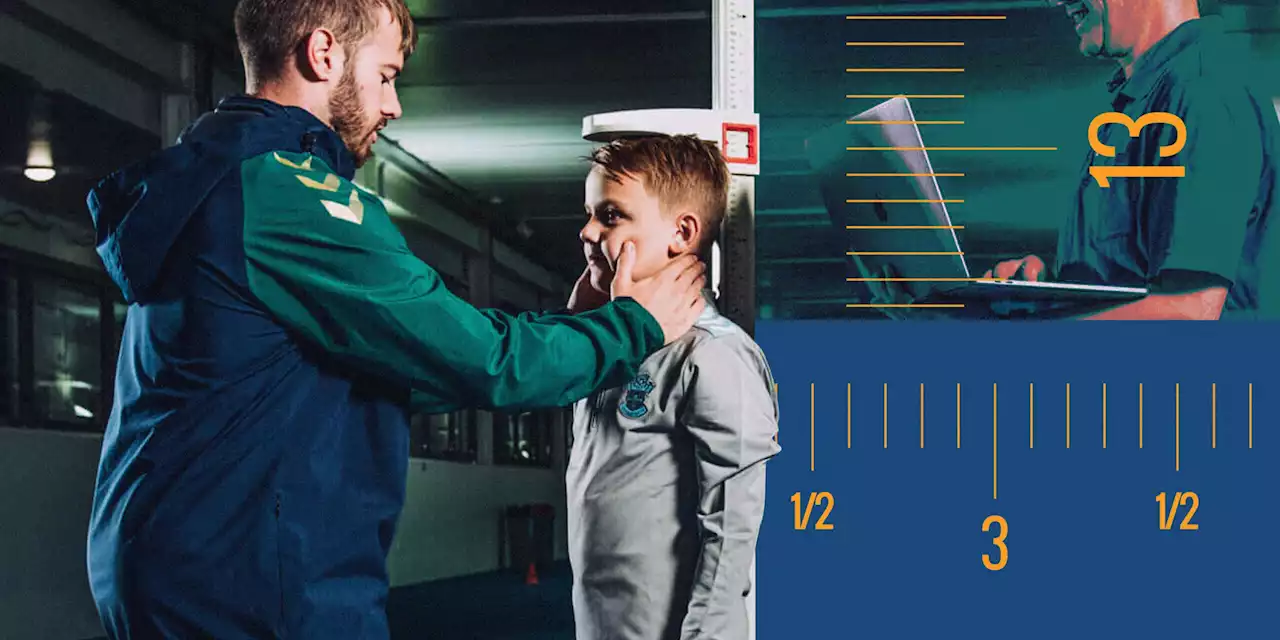When youth players are grouped by age in sport it doesn't take into account physical state. So how can late-maturing talent avoid rejection?
From arranging football teams, the first bio-banded cricket matches, overcoming ethical challenges in gymnastics and introducing the practice into horse racing,has spent the past six months observing how bio-banding is applied across four different sports and whether it could fundamentally change talent identification…Football had been a late entry into bio-banding, but the sport is pushing the envelope more than any other when it comes to research into physical growth.
“I joined Southampton three and a half years ago and they were already doing bio-banding,” says Joe Brookman, an academy strength and conditioning coach. “I came from Everton and it wasn’t a concept we were doing up there. Bio-banding tests the technical and social development of an athlete. In 2019, sports scientists from the U.S. youth national team performed an experiment across 33 under-13 and under-14 players, focusing on their ability to assimilate technical and tactical information. It found that bio-banded groups helped to “significantly” increase the number of duels in games and decrease the amount of time spent on the ball.
“Everyone talks about little Tommy who needs a help,” says Bunce. “But the biggest danger for the sport is the big kid who is dominating. What we found with data is that you have an industry totally saturated with early maturers but not a high proportion become elite professional players. Therefore, the highest population percentage you are recruiting in the U.S. is the least amount actually coming into the sport.
“On the flip side, it paints a good picture of our early maturing boys. If they’re just cruising because they’re physically dominant, we’re probably not challenging them enough. Bio-banding is a tool to assess players’ potential and recognise selection shouldn’t just be early maturing players, because there are late maturers who are just as good, but you need to wait for them.”Marlborough College, Wiltshire. It is 8.40am in late May and the cricket season is well underway.
“If you’re in the top third of maturation from Wiltshire, you’ll play against the top third of the Gloucestershire lads,” Brazier adds. “We’re not going in with too many expectations. There are only four lads across all three pitches that are late maturers. We had one lad that was around 30 kilograms and another that was 86 kilos in the under-13s — that highlights the difference.”
One player — an under-13 playing in the early maturer band group — times a crisp shot past the bowler’s right ankle. “You see, he’s just hit straight down the ground,” points out Brazier, who explains that type of shot demands more power. “The coaches’ debrief afterwards will be the most interesting,” he says. “It will show whether there is a sweet spot to identify talent. Do we go with someone not as mature but taking more wickets — is it because they are more skilful? Do we need to give those guys more time and more of an opportunity? Bio-banding in cricket hasn’t been done before… it is exciting.
“As you go through puberty, your body changes,” says Patel. “If you go through adolescent awkwardness, you will lose skills. Girls will lose their body composition and power drops. “We don’t know if that’s the right thing or not at the moment,” admits Patel. “Having that prepubescent body has been influenced by other cultures, from the Russians and Chinese. But the sport has changed slightly. Within the Western culture, gymnasts are trying not to be rushed.”
“Bio-banding, for us, is to use physiological markers in the horses to sort them into groups,” says Daniel. “The bones will either be open, fused together or somewhere in between,” says Daniel. “We can then make a judgment. If the joint is closed, they’ll be ready to do more and push training levels. If they’re still wide open, they’re probably quite an immature horse, so there’s no real benefit to pushing them to train harder. You have to give them more time before they compete. We will do most checks on horses once or twice.
Allowing a horse more time to mature means they are introduced to competitive racing and against older horses at a later stage. In short, bio-banding gives horses room to progress and not be judged as to whether they are effective racehorses in their first two years. If they do race, they will be grouped against horses two years or younger.
United Kingdom Latest News, United Kingdom Headlines
Similar News:You can also read news stories similar to this one that we have collected from other news sources.
 Cambridge biotech's CEO out as company lays off half of workforce2seventy bio CEO out as company lays off half of workforce
Cambridge biotech's CEO out as company lays off half of workforce2seventy bio CEO out as company lays off half of workforce
Read more »
 Europe's first hybrid passenger ferry launched on River ThamesThe new fleet is battery-powered and bio-fuelled, operator Uber Boat by Thames Clippers says.
Europe's first hybrid passenger ferry launched on River ThamesThe new fleet is battery-powered and bio-fuelled, operator Uber Boat by Thames Clippers says.
Read more »
 Ryan Stevenson on Celtic rammy as Hearts legend breaks silence on Masters tussleThe Record Sport columnist was caught in a scuffle with Kelvin Wilson during the Masters tournament.
Ryan Stevenson on Celtic rammy as Hearts legend breaks silence on Masters tussleThe Record Sport columnist was caught in a scuffle with Kelvin Wilson during the Masters tournament.
Read more »
 M-Sport has no intention to stop WRC Rally1 programmeM-Sport intends to continue competing at the World Rally Championship\u2019s highest level and will do \u201cwhatever it can to find a way\u201d, according to boss Malcolm Wilson.
M-Sport has no intention to stop WRC Rally1 programmeM-Sport intends to continue competing at the World Rally Championship\u2019s highest level and will do \u201cwhatever it can to find a way\u201d, according to boss Malcolm Wilson.
Read more »
